5 Tips to Craft Winning Sales Presentations
By Nick Kane
5 minute read
ELAvate note: This is a blog from sales guru Nick Kane and we have edited it for clarity.
B2B salespeople present a lot – to end users, buying committees, and at solution seminars. Today with so much uncertainty, tight budgets, diverse decision-makers, and stiff competition, salespeople must be confident and consultative in their presentations. Remember when presenting, salespeople usually get one chance! In such a pressure environment, here’s how to make the most of high-level B2B sales presentations:
Preparation
In sales presentations, preparation includes knowing your prospect’s industry, size, vertical, and problem. This sets the stage for discovery, uncovering their deeper needs. In formal presentations, preparation must go further. Here, you need to know their financials. This means more than their mission, values, and culture. Now, you want annual reports, forecasts for growth, where they’ve been, are, and are going. In addition, this includes:
Who you’re presenting to
Challenges they’ve faced
Solutions they’ve tried
What matters most
Effect on their bottom line & ROI
High-level presentations often involve multiple decision-makers and influencers, including those who control the purse strings. Knowing these players lets you appeal to and align their needs to create a cadre of influence. This helps personalize presentations to the needs and motivations of each player. When addressing managers, directors, or the high C of CXO’s, make eye contact with all present to connect content to the emotions and needs of each person/position.
Here, too, move beyond organizational challenges to individuals and their departments. Target the specific needs of decision-makers. Never underestimate the personal touch. When your presentation addresses a known need, use their name. For example, “We all know how much Martina’s materials management team hates waste.”
Learn about the success and limitations of previous solutions the customer has employed. With this, salespeople can highlight how theirs does more. This differentiates trusted partners and custom solutions from a typical salesperson’s generic solutions for common problems. In addition, presentation preparation should address the buyer’s most pressing needs. This allows presenters to tie immediate needs to what might be most important: finance, performance, image, safety or service motivators.
Structure
The structure of a presentation is key to its success. We’ve all experienced poorly structured presentations that lack timing, pace, and engagement. Often, this stems from the misguided notion that sellers can just wing it. Instead, winning presentations are carefully planned, plotted, and executed. To help your presentation succeed, maximize these guidelines:
Make it brief
Keep it simple
Note timing and pace
Leverage technology
Promote a lively audience interaction
Keeping it brief is more difficult than it sounds. It means making judicious cuts and sticking to the essentials. Of course, presentation length varies by client and proposal. However, each part should be timed to crisply achieve its goal.
When structuring, plan each section. For example, allow seven minutes for your introduction, outlying their problem. Maybe you need 15 minutes to demo your solution. In addition, consider the effect and length of each visual. How do the images tie into your text? Also, for each slide, think of your decision-makers. How might you appeal to them?
Effective presentations should appear effortless, but they are well-crafted, precision machines. A big part of this is timing and pace. With so much information, it’s easy to pack too much. But short and engaging beats long and boring. Plus, your supplemental material or handouts can fill gaps and add support.
High-level presentations often involve many decision-makers and influencers. They can also include multiple sellers, such as one to present, one to demo, and a tech specialist. This presents challenges, especially if some players join remotely. As in virtual selling, mastering the technology can make or break presentations. Therefore, it’s essential to leverage tech effectively. Consider the following:
Check, recheck, and triple-check technology
Practice before a mirror or co-workers
Conduct a dress rehearsal with other presenters
Plan use of your camera and material you want to share
Time sections for pace
Top sellers anticipate questions and objections. They maximize prep to minimize surprise. Also, they know lively audience interaction with adequate time for Q&As boosts engagement and buy in. Instead of a perfunctory close, encourage questions. Frame your Q&A as an invitation. For example, “Now, I’d like to get your input.” Again, address specific players, like, “Michelle, any questions from the manufacturing team?” This can spark a productive comment or question from someone who might’ve stayed silent.
If tech glitches stall sales, they kill presentations. That’s why top presenters check and recheck. But more importantly, master your content. If your slideshow won’t slide, you don’t just pack it in. You play your set unplugged without PowerPoint or technology.
Content
The heart of any presentation is content. It should demonstrate a deep understanding of the prospect’s problems and how your solution can help. At your conclusion, prospects should remember what you said, how you can help, and the value provided. Here’s an overview of the content needed:
Emphasize problems over solutions
Illustrate value
Display visual representations
Utilize social proof and storytelling
In day-to-day presentations, it can be tempting to focus on solutions. Sellers naturally want to highlight features as fixes. However, the client’s problem is key. It’s the source of their issues, concerns, and their stress. Focusing on the problem shows commitment. It builds trust and places the emphasis on the client’s problems, needs, and motivators, not the seller. The more pressing their need, the more attractive your solution—and the sooner they want it.
Ultimately, value can make or break presentations. The best solution can’t help clients who can’t afford it. Therefore, top sellers present a range of options to demonstrate flexibility. Here, sellers must demonstrate the economics of value, how your solution saves time and money over the long term with possible options.
Of course, it’s one thing to tell a prospect how they will benefit. It’s another thing to show it. The best infographics are visual representations of value. These include images, icons, charts, and graphs that paint pictures prospects remember. Think how a 150% ROI looks, in bold, on a slide. In this, sellers should enlist their marketing departments to create custom content that resonates with the buying committee.
Along with metrics, social proof /storytelling highlights value.. Use the successes of others with your solution to influence the buyer. For example, “XYZ corporation implemented our ABC suite of products to achieve unprecedented growth of 28%.” The implication here is that similar clients in comparable positions may see equivalent results. Make sure you have stories that can align with the customer’s circumstances and problems.
Delivery
Any message is only as effective as its delivery. You may have the right solution, at the right price. But until this is conveyed, it’s for naught. Here are tips to deliver content effectively:
Focus on audience
Accentuate speech over text
Make it interactive
Practice, practice, practice delivery
Focus on the audience. You are there for them. They are not there for you. For those unaccustomed to public speaking, the fear is real. They may be tempted to stare at walls or the tops of heads. This is a common tactic for anyone who thinks the goal is to finish. However, the goal is to win over this audience. This starts with a genuine connection. Some tips to consider:
Consistent eye contact with every person present
Confident yet friendly facial expressions
Body language that supports your message
Hand gestures that emphasize your message
A physical movement that engages
Many presenters memorize. Others read bullet points. Alone, neither is a winning strategy. Instead of quick tricks, know your stuff. Display your expertise. Speak candidly about a problem you know, products you believe in, and a team you trust.
Successful presenters accentuate speech over text. Bullet points are great to highlight features or salient points, but they are not compelling. Buyers won’t remember your bullets. Instead, they remember how what you said you made them feel. If you’re engaged and energized, they will recall your presentation. Buying committees want to buy from salespeople they like and trust. More than a salesperson pushing a product, you’re a knowledgeable, insightful, and passionate advocate. Fittingly, these are also the qualities of trusted advisors and potential business partners.
Interaction with the audience is essential. This can take many forms, such as rhetorical questions, informal polling, or even role play. Interactive presentations are more memorable. Plus, they build rapport, trust, increase engagement, and speed the process for presenters and attendees.
Post Presentation
Post-presentation, sellers may retreat and await the call. However, instead of a ringing phone, you’ll likely hear crickets. This is because even the most effective presentation takes time to resonate. Also, you’re probably not the only vendor your prospect solicited. Chances are, they’re evaluating your presentation against others. While you can’t control competitors, you can support your position. Consider the following:
Set dates, times, and tasks
Create teams
Check-in
Send additional collateral
Even if you hit a home run, your work isn’t over. It’s not presumptuous or bad luck to set the next steps to take the sale forward. In addition to keeping your presentation in mind, you want to keep momentum.
Sure, you want to win the sale. But the larger goal is to build a relationship and become a trusted business partner. Therefore, check in with your contacts, not just to hear the score but show your eagerness. After all, clients can’t see results until they implement solutions, but enthusiasm can be infectious.
Another important step is sending relevant collateral. If you deliberately kept your presentation lean, now you can send additional blogs, testimonials, and case studies. These support your solution and drive home the proof you established.
Sales presentations should be compelling, dynamic, and confident. They show buyers what you do, how you help, and the benefits provided. In this, presentations should display confidence in your organizations, products, and yourself. If you believe in all three, your prospects will see it. More importantly, they will feel it, trust you, and want to collaborate with you.
If your salespeople need to improve their sales presentation ability to close committee-driven business, download our Platinum EPS Presentation Skills Flyer here. We have had 100% positive feedback from all participants for upskilling their presentation skills. As such we give a 100% money-back guarantee on this very effective workshop. Contact ELAvate CEO michael.griffin@elavateglobal.com for a no-obligation discussion.

